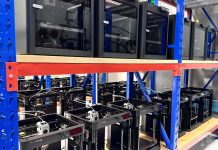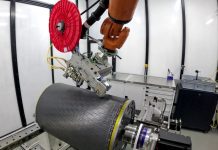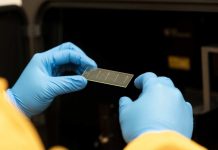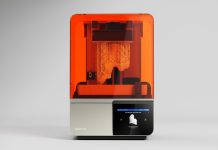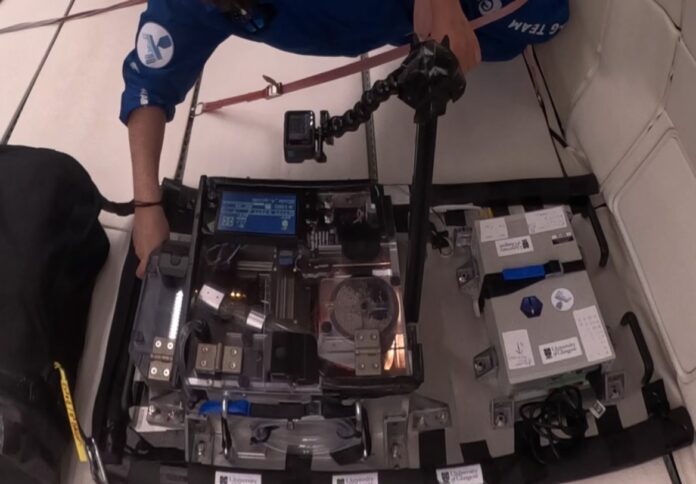
Researchers at the University of Glasgow have developed a new 3D printing system designed for use in zero gravity, marking a significant step toward advancing orbital manufacturing.
Dr Gilles Bailet, from the James Watt School of Engineering, has secured a patent for the technology, which was recently tested during microgravity flights as part of the European Space Agency’s parabolic flight campaign in Bordeaux, France.
The system aims to address the challenges of 3D printing in low-gravity environments, where traditional filament-based printers are prone to jamming and breakage, the university said in a news release.
Instead, the prototype employs a granular material developed to function in the vacuum of space and microgravity conditions.
During testing, the team observed the system’s performance in more than 90 brief intervals of weightlessness, confirming its reliability under such conditions.
The research proposes that in-space manufacturing could support the production of equipment and components directly in orbit.
Potential applications include solar reflectors for renewable energy generation, communication antennas, and pharmaceutical research stations.
Crystals grown in space, for example, may enable the development of more effective drugs, such as improved insulin.
Currently, space missions rely on pre-built equipment transported via rockets, which impose strict limitations on mass and volume.
Dr Bailet’s team suggests that orbital manufacturing could eliminate these constraints, enabling the construction of mission-specific components directly in space.
The project also explores embedding electronic functionality into printed materials, which could expand the range of devices manufactured in orbit.
The researchers are emphasising sustainability, aiming to develop systems that do not contribute to the issue of space debris.
The technology has received support from the University of Glasgow, the UK Space Agency, and other funding bodies, including the EPSRC Impact Acceleration Account.
With this backing, the team plans to pursue further development and in-space demonstrations to advance the feasibility of the system.


